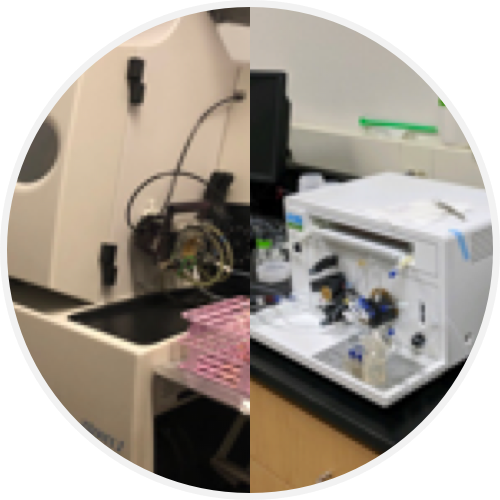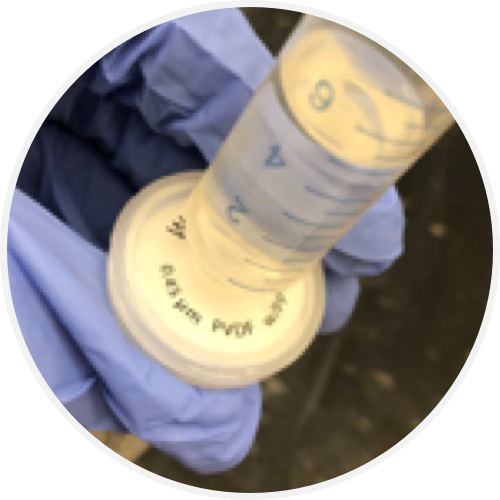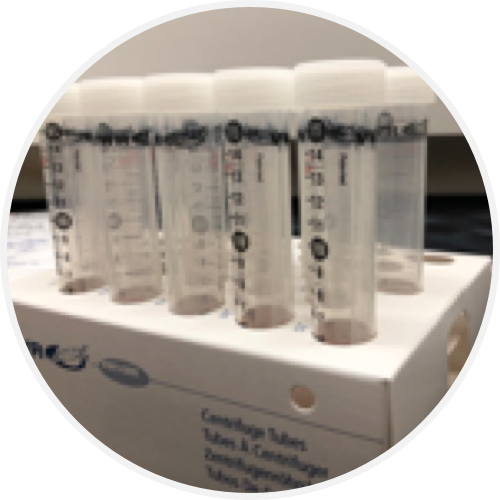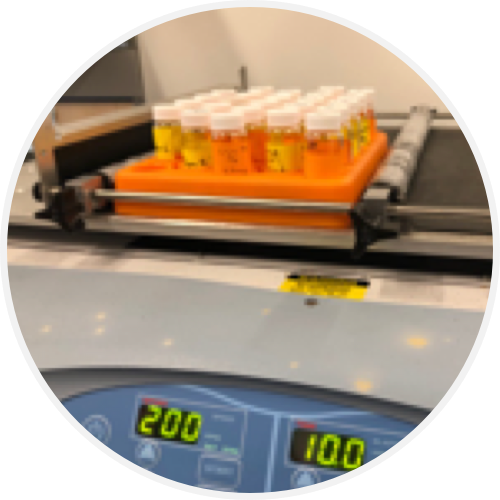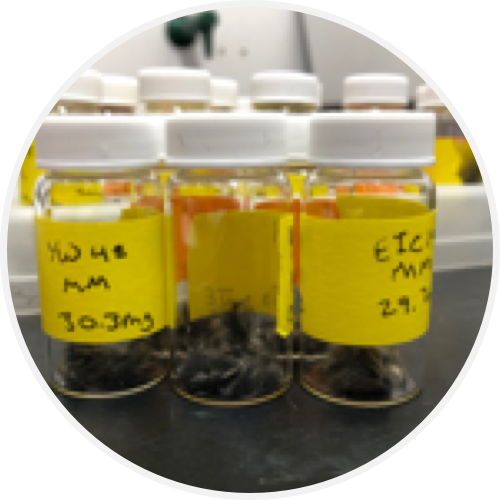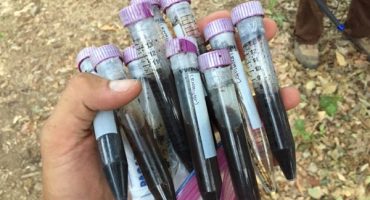Quantifying Metal Contamination of Humans and Rodents in Yuma, AZ
The research focuses on quantifying metal contamination in humans and rodents in Yuma County, Arizona. The research is a part of a larger Flinn Foundation funded project which aims to characterize the health impact from exposure to pesticides and perchlorate utilizing a One Health approach that combines environmental, animal, and human data. Yuma is a prominent agricultural capital in the United States that produces more than 175 different crops. However, more than 2.6 million kilograms of organic and inorganic pesticides are applied annually to maintain high agricultural yields, which presents possible health concerns. Hair and fur can be used as noninvasive biomarkers to quantify the amount of metals and metalloids in humans and rodents.
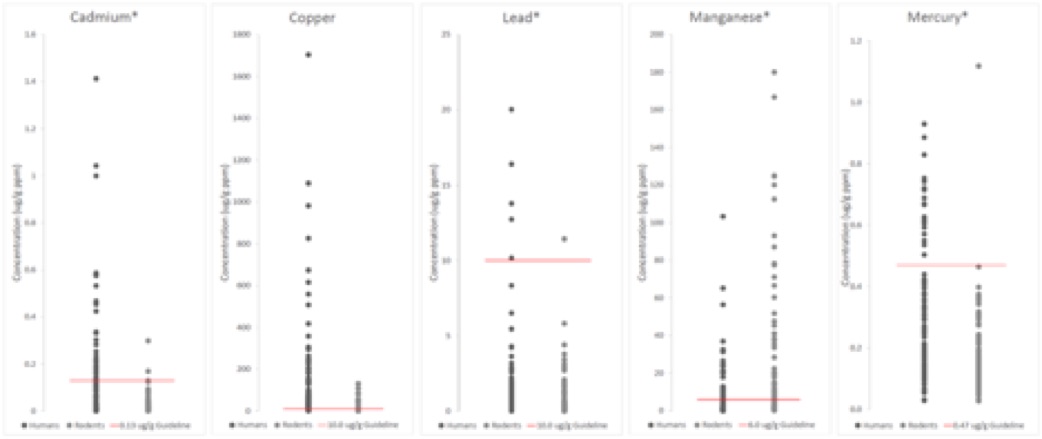
Figure 1. Cd, Cu, Pb, Mn, and Hg concentrations (ug/g) of human hair and rodent fur. The horizontal red line depicts the suggested literature values for adverse human health effects (Cd: 0.13ppm, Cu: 10 ppm, Pb: 10ppm, Mn: 6ppm). * Denotes data point exclusion due to skewing of the scale.
Hair from 323 human volunteers, collected by community health partners (Campesinos Sin Fronteras, Yuma Regional Medical Center, Regional Center for Border Health), and over 300 fur samples from wild caught rodents in Yuma County have been analyzed for manganese (Mn), copper (Cu), mercury (Hg), cadmium (Cd), lead (Pb), and uranium (U). The analytes were selected due to their historic and current use in agrichemicals as well as elevations compared to baseline qualitative analyses. Methodology for sample preparation was developed in lab because of the lack of consensus on both hair preparation and analysis methods throughout the literature. Hair samples (30-40mg) underwent a modified International Atomic Energy Agency washing procedure consisting of nanopure and acetone to remove exogenous contaminants. The washed hair underwent an overnight chemical digest of concentrated nitric acid and hydrogen peroxide for mixed metals and a heated 90-minute digest of hydrochloric acid and hydrogen peroxide for mercury analysis. Digested and filtered samples were diluted and analyzed using inductively coupled plasma mass spectrometry (ICP-MS) for mixed metals and metalloids and by Cold Vapor – Atomic Absorption Spectroscopy (CV-AAS) for mercury.
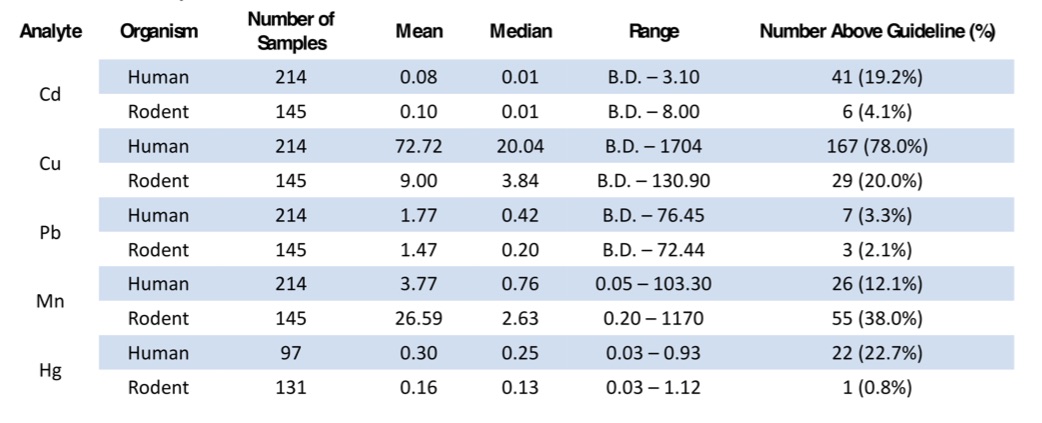
Table 1. Summary of Yuma Metals Data. BD denotes Below Detect.
Results showed that the Peromyscus rodent is a viable model for human exposure in Yuma County. Samples in both rodent and human hair had concentrations of concern for Cd, Cu, Pb, Mn, and Hg, due to the number of samples surpassing the suggested literature values for adverse human health. High concentrations of Pb and Hg in humans, but not rodents, suggest there are exposures occurring to humans outside of the environment. Moving forward, the research will apply a tissue tropism approach to further validate the Peromyscus model. Additionally transcriptomic and metabolomic techniques on rodent brains will aim to elucidate mechanisms of neurotoxicity from exposure.
Metal Quantification Methods
A depiction of the methods for sample preparation and analysis of hair samples.


